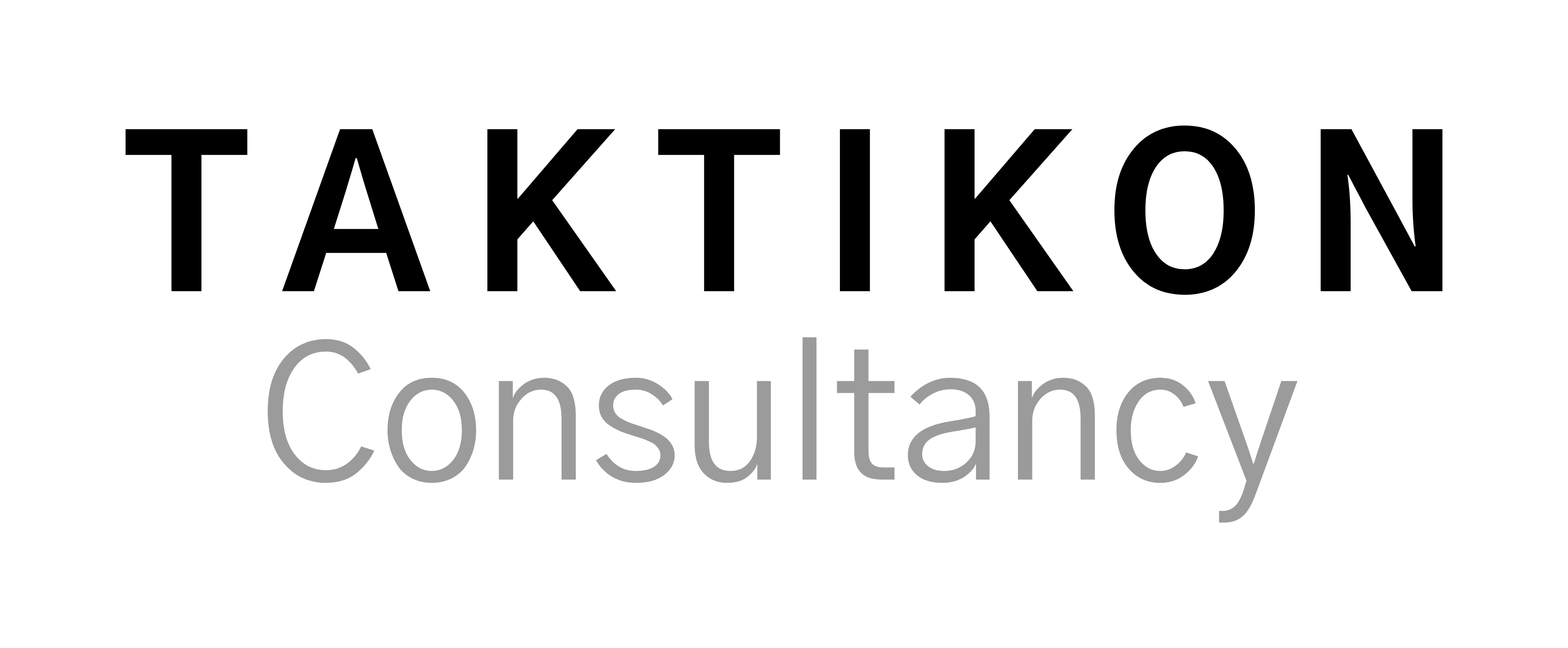Dynamic pricing helps hotels stay profitable and competitive in a rapidly changing market. There are three main reasons why every hotel should use dynamic pricing. It helps hotelt to:
- Maximise Revenue: Increase rates when demand is high to capture full earning potential.
- Stay Competitive: Adjust prices in real time based on market trends and competitor actions.
- Boost Occupancy in Low Demand: Lower rates strategically to attract bookings without compromising long-term value.
In today’s fast-paced hospitality industry, setting the right room price is no longer a once-a-day task. Guests book at all hours, events change demand patterns overnight, and competitors adjust their rates in real time. That’s where dynamic pricing comes in. It is a must-have strategy for any hotel aiming to stay competitive and profitable.
What Is Dynamic Pricing?
Dynamic pricing is a revenue management strategy where room rates change automatically or are adjusted frequently, based on real-time factors like:
- Supply and demand
- Seasonality
- Booking patterns
- Competitor pricing
- Special events
- Lead time and length of stay
Unlike static pricing, where rates are set and fixed, dynamic pricing for hotels means your prices stay flexible and are always reflecting current market conditions.
Why Hotels Should Use Dynamic Pricing
The goal of dynamic pricing is simple: maximise revenue without scaring off demand. Here's why it works:
1. Capture Demand When It Peaks
Dynamic pricing allows you to increase prices when demand is high, such as during festivals, local events, or peak seasons, without missing out on potential revenue.
2. Fill Rooms in Low-Demand Periods
During slower days, dynamic pricing helps you stay competitive by lowering rates just enough to attract bookings without undercutting value.
3. Stay Competitive with the Market
With rate shopping tools such as supplied by Lighthouse [https://www.mylighthouse.com/], your pricing is always compared to nearby competitors. Dynamic pricing helps you react in real-time to what others are doing, without losing your strategic edge.
How to Get Started with Dynamic Pricing
Dynamic pricing is used by both hotel chains and smaller independent hotels. At Taktikon, we help hotels of all sizes implement dynamic pricing strategies that fit their goals and systems. Here's how we typically approach it:
- Audit your current pricing structure and demand patterns
- Recommend tools or manual setups that allow for flexible pricing
- Develop pricing rules and revenue strategies based on your business goals
- Implement Distribution strategies
Common Misconceptions About Dynamic Pricing
“It annoys guests.”
Not if it's done transparently. Guests are used to dynamic prices on flights, taxis, and even cinema tickets. Hotels are no different.
“It’s only for big hotels with fancy systems.”
Even small hotels can use dynamic pricing with the right rules and a smart channel manager. As a matter of fact we help a number of smaller properties and do this without the help of fancy systems, but use our broad experience as help.
“I’ll lose control.”
On the contrary; dynamic pricing gives you more control, not less. You define the boundaries; Revenue Management routines work within them.
In a world where booking patterns change daily and travellers have endless options, dynamic pricing is no longer optional. It’s the difference between being fully booked at the right price or giving rooms away too cheap.
If you're ready to move from reactive pricing to a proactive strategy, Taktikon is here to help. Our team of revenue experts specialises in tailoring dynamic pricing models for hotels across Europe.
Get in touch to book a strategy session and discover how dynamic pricing can work for your hotel.
